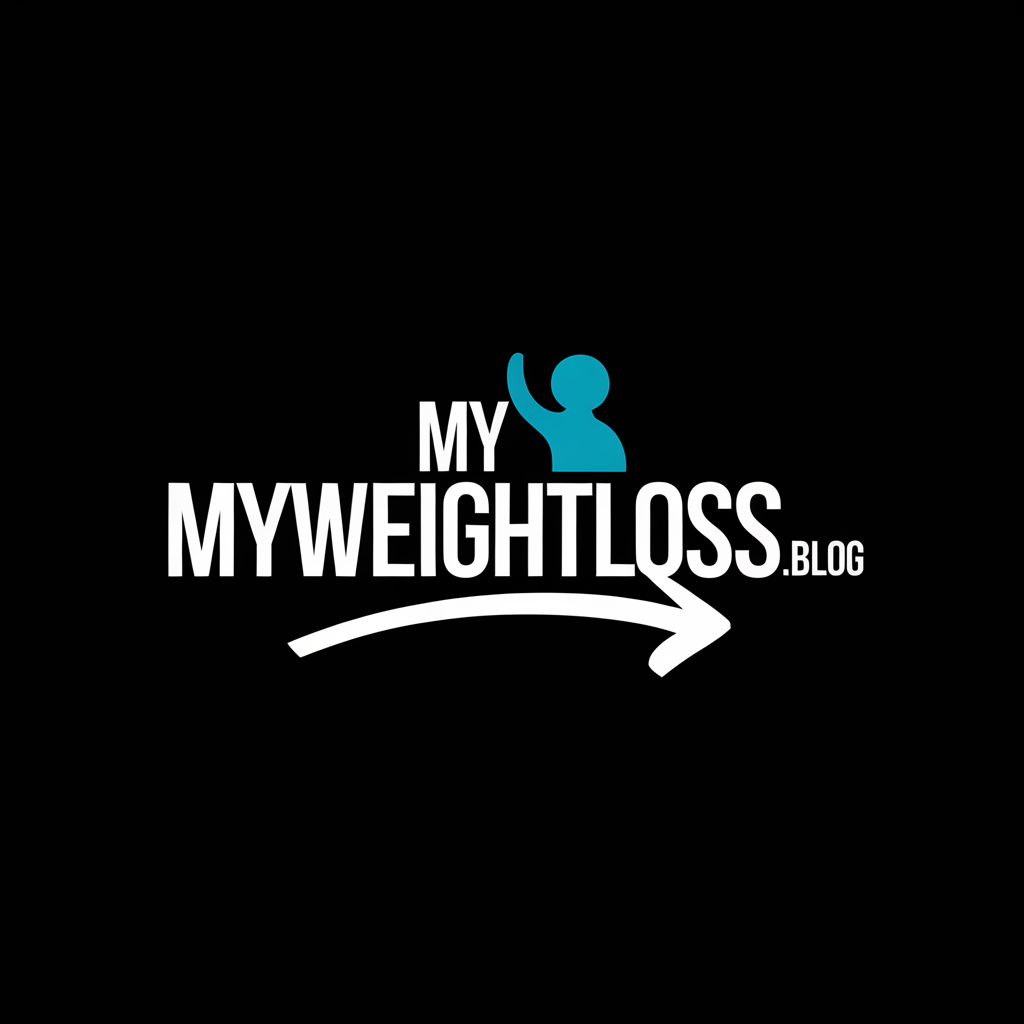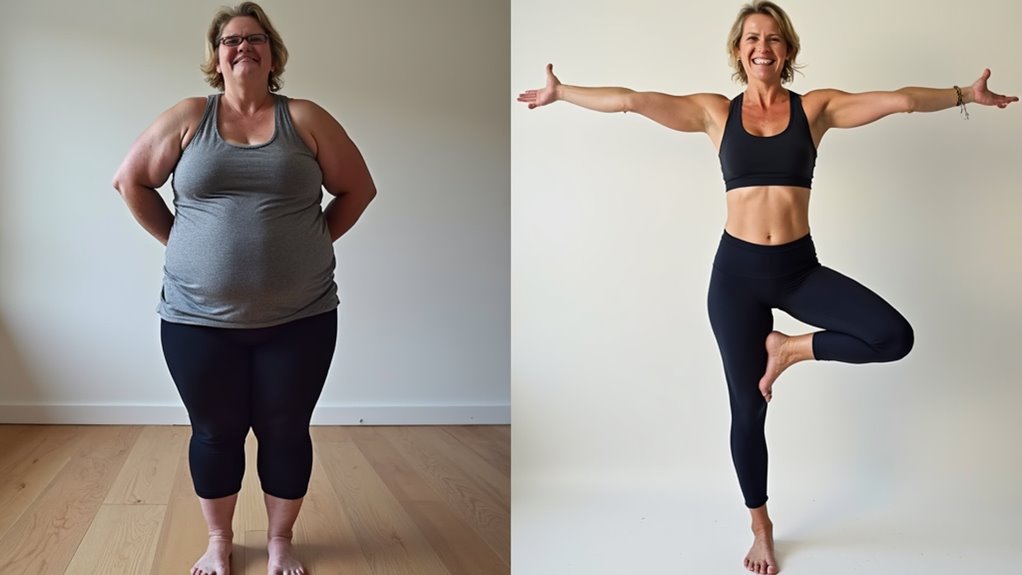Think You Can’t Lose Weight After 40. Think Again!
You’ve probably heard that losing weight after 40 is nearly impossible, but that’s not entirely true. While your metabolism naturally slows with age, you can still achieve your weight loss goals with the right approach. Your body’s changing needs require smarter strategies – from fine-tuning your nutrition to optimizing your exercise routine. Understanding these age-related shifts and how to work with them, rather than against them, will unlock your potential for successful weight management.
Understanding Age-Related Metabolic Changes
As you enter your 40s, your metabolism naturally begins to slow down by about 2-5% each decade. This change occurs due to gradual muscle loss and hormonal shifts that affect how your body processes calories and stores fat.
But don’t worry – you’re not alone in facing these challenges.
While it may be harder to lose weight after 40, understanding these metabolic changes is your first step toward success. Your body now requires fewer calories for maintenance, and you’ll need to adjust your eating habits accordingly.
Muscle tissue burns more calories than fat, so maintaining lean muscle becomes crucial. You’ll also notice that your insulin sensitivity might decrease, making it important to manage your blood sugar levels through diet and exercise.
The good news? You can work with these changes rather than against them by making strategic adjustments to your lifestyle, ensuring successful weight management in your 40s and beyond. Additionally, incorporating whole, nutrient-dense foods into your diet can enhance satiety and aid in maintaining a caloric deficit.
Setting Realistic Weight Loss Goals After 40
When setting weight loss goals in your 40s, it’s essential to adjust your expectations to match your body’s new reality. You’ll likely lose weight more slowly than you did in your 20s or 30s, and that’s perfectly normal. Aim to lose 1-2 pounds per week, which is both sustainable and healthy at this age.
Break down your ultimate weight loss target into smaller, achievable milestones. If you want to lose 20 pounds, focus first on dropping 5 pounds, then set your next goal. You’ll build confidence and momentum with each small victory.
Remember to celebrate non-scale wins too, like improved energy levels, better sleep, or looser clothes. Incorporating mindfulness practices can also aid in maintaining a positive mindset throughout your journey.
Track your progress using multiple metrics beyond the scale. Measure your waist circumference, take progress photos, and monitor your strength gains.
These indicators often show improvements even when the numbers on the scale aren’t moving as quickly as you’d like.
Essential Nutrition Strategies for Midlife Weight Loss
Since your metabolism naturally slows with age, your nutrition strategy in your 40s needs to prioritize nutrient-dense foods while managing portion sizes.
Focus on lean proteins like fish, chicken, and legumes to maintain muscle mass and boost satiety. You’ll want to fill half your plate with colorful vegetables, which provide essential nutrients without excess calories.
Don’t forget about healthy fats – they’re crucial for hormone balance during midlife. Include avocados, nuts, and olive oil in moderate amounts.
You’ll need to be mindful of carbohydrates, choosing complex options like whole grains, sweet potatoes, and quinoa over refined alternatives. These foods help stabilize blood sugar and maintain steady energy levels.
Incorporating leafy greens into your meals can further enhance your nutrient intake while keeping calories low.
Stay hydrated by drinking water before meals, and consider swapping your morning coffee creamer for unsweetened alternatives.
Exercise and Movement Plans That Work at 40
Proper nutrition pairs perfectly with the right exercise strategy to support weight loss after 40.
You’ll want to focus on a balanced approach that combines strength training, cardio, and flexibility work to maximize your results and protect your joints.
Start with strength training 2-3 times weekly to build and maintain muscle mass, which naturally decreases with age.
Include compound exercises like squats, deadlifts, and push-ups. You don’t need to lift heavy – moderate weights with proper form work well.
For cardio, mix high-intensity interval training (HIIT) with steady-state activities.
Try 20-minute HIIT sessions twice weekly, plus two 30-minute walks or bike rides. This combination helps burn fat while being gentle on your body.
Don’t forget recovery – it’s crucial after 40.
Incorporating intermittent fasting can further enhance your weight loss journey by optimizing calorie control and boosting metabolism.
Include yoga or stretching sessions, and always give yourself at least one full rest day between strength workouts.
Listen to your body and adjust intensity as needed.
Managing Hormones and Stress for Weight Control
After age 40, hormonal changes and heightened stress levels can significantly impact your weight loss efforts. Your body’s production of estrogen, progesterone, and testosterone naturally declines, which can slow metabolism and increase belly fat storage.
Add daily stress to the mix, and you’re facing a challenging combination. You can take control by focusing on hormone-balancing strategies. Start with getting 7-8 hours of quality sleep each night to regulate cortisol levels. Sleep deprivation can lead to increased cravings and poor eating habits, further complicating weight management.
Include meditation or deep breathing exercises to reduce stress hormones that trigger weight gain. Don’t forget to add strength training to your routine – it helps boost growth hormone and testosterone production.
Consider adding adaptogenic herbs like ashwagandha to your diet, and make sure you’re getting enough healthy fats from sources like avocados and olive oil. Regular meal timing also helps stabilize insulin levels.

